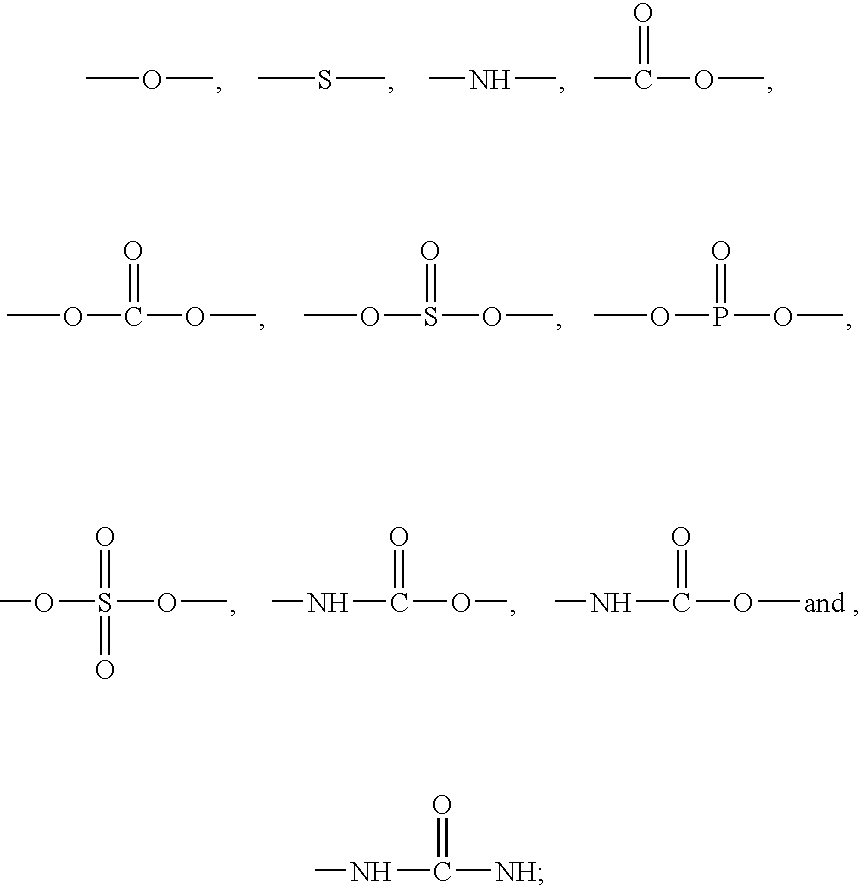Solid siliconized polyester resins for powder coatings
a technology of polyester resin and powder coating, which is applied in the direction of coating, transportation and packaging, layered products, etc., can solve the problem of unsuitable smp for power coating
- Summary
- Abstract
- Description
- Claims
- Application Information
AI Technical Summary
Benefits of technology
Problems solved by technology
Method used
Image
Examples
example 1
[0047] Trimethylol propane, isophthalic acid and adipic acid are reacted together in a three neck round bottom flask in the amount shown in table 1 in step A at a temperature of 190° C. until 42 grams of water is collected and the resulting product had an acid number of 10 mg KOH / gram. The mixture forms a polyester having a Tg which is greater than 30° C. which is then cooled down to 130° C. The silicone in step B, having a Tg which is less than 30° C., is then added to the polyester. The silicone in step B is a liquid, low methyl phenyl ratio polymer with a molecular weight of 1200. The reactor is then heated to 170° C. where the reaction took place until 21 grams of alcohol is collected. If suitable, the resulting product is poured from the melted state onto an aluminum tray and allowed to cool to room temperature to form a solid sheet of silicone polyester. The solid sheet of silicone polyester is broken into a flake form if possible.
[0048] For the resin in example 1, the Tg is ...
example 2
[0050] Trimethylol propane, isophthalic acid and adipic acid are reacted together in a three necked round bottom flask in the amount shown in table 2 in step A at a temperature of about 190° C. until about 40 grams of water is collected and the resulting product had an acid number of about 15. The mixture forms a polyester having a Tg of which is greater than 30° C. which is then cooled down to about 130° C. The silicone in step B, having a Tg of about 52° C., is then added to the polyester. The reactor is then heated to 170° C. where the reaction takes place until 4.5 grams of water is collected. If suitable, the resulting product is poured from the melted state onto an aluminum tray and allowed to cool to room temperature to form a solid sheet of silicone polyester.
[0051] For the resin in example 2, the Tg is less than room temperature, the silicone content is 31.31%, the equivalent weight is 242.33 grams / mole of OH and the acid number is 15.37 milligrams of KOH / gram.
[0052] The ...
example 3
[0053] The same as example 2 except no adipic acid is used in step A and more isophthalic acid is used in step A. The amounts of the components are shown in table 3. The materials in Step A are heated from 170° C. to 200° C.
[0054] The silicone polyester in example 3 has a Tg which is greater than 30° C., a silicone content of 31%, an equivalent weight of 238.39 grams per mole OH and an acid number of 5.49 milligrams KOH per gram.
[0055] The product in Example 3 forms a stable solid mass which is able to be converted to flakes.
TABLE 3StepComponentAmount(g)MolesATMP208.104.66IPA190.24−2.29ADA0Subtotal398.34Theoretical-OH2.37Water collect41.692.32Sub yield356.65Temp. of cook (° C.)170-200BREN 168164.5Subtotal521.15Yield517.63TimeTemp. of cook (° C.)170Water3.520.195556Theoretical-OH2.17Silicone Content (%)31Eq. wt. (g / mole OH)238.39Acid # (mg KOH / g)5.49AppearanceFlake
PUM
| Property | Measurement | Unit |
|---|---|---|
| Tg | aaaaa | aaaaa |
| Tg | aaaaa | aaaaa |
| Tg | aaaaa | aaaaa |
Abstract
Description
Claims
Application Information
 Login to View More
Login to View More - R&D
- Intellectual Property
- Life Sciences
- Materials
- Tech Scout
- Unparalleled Data Quality
- Higher Quality Content
- 60% Fewer Hallucinations
Browse by: Latest US Patents, China's latest patents, Technical Efficacy Thesaurus, Application Domain, Technology Topic, Popular Technical Reports.
© 2025 PatSnap. All rights reserved.Legal|Privacy policy|Modern Slavery Act Transparency Statement|Sitemap|About US| Contact US: help@patsnap.com


